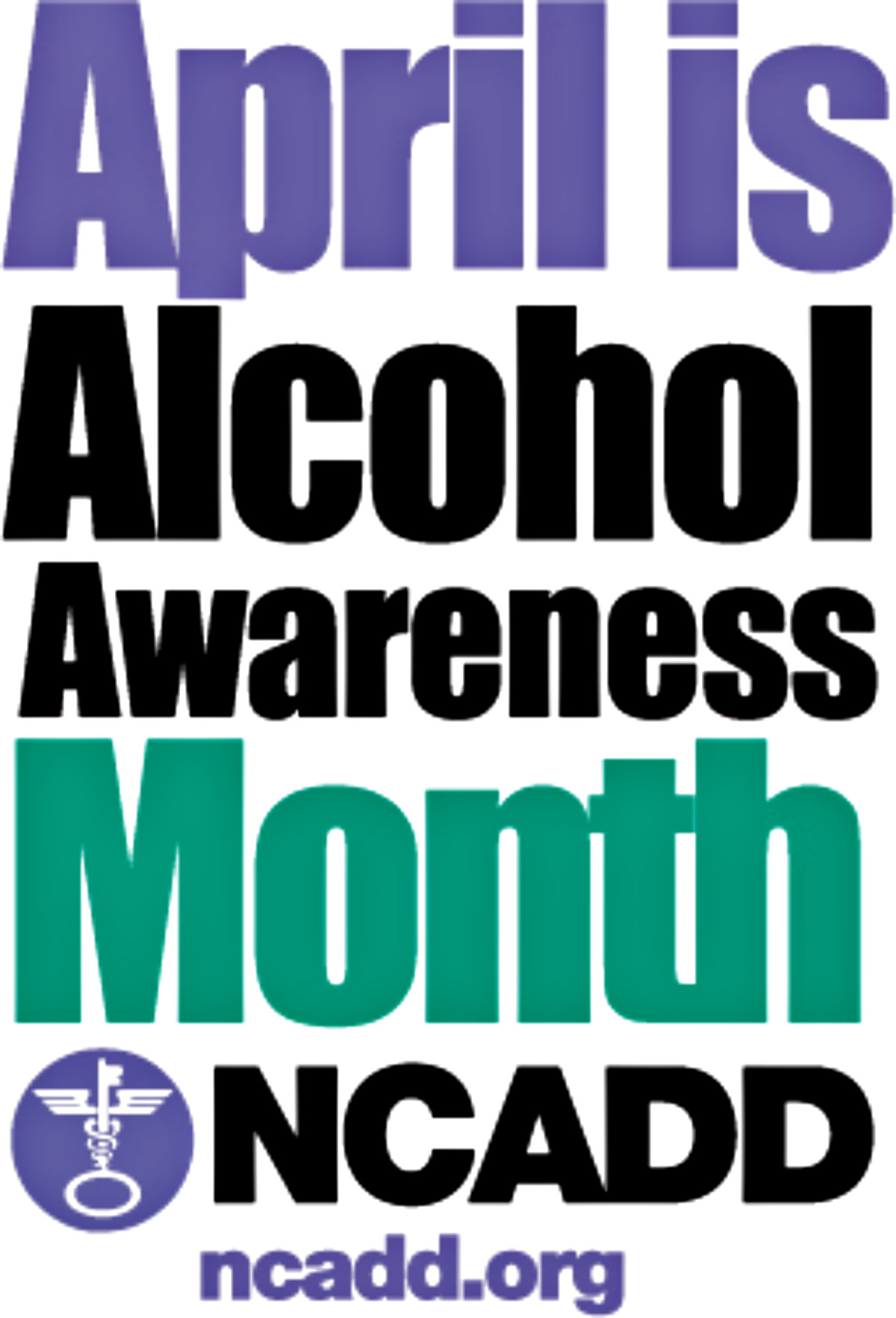April Showers and National Alcohol Awareness Month Dorothy Mar 2010

April showers might bring May flowers but April also brings National Alcohol Awareness month. The NSDUH (National Survey on Drug Use and Health) findings for 2008 indicate that the good news is that nationally, from 1997 to 2005, lifetime alcohol users have declined from 80% to 73%. This is something to celebrate; however, we cannot as parents, educators or community members, rest now. The following national statistics from NSDUH will indicate why.
In 2008, there were 4.5 million individuals age 12 and older who had tried alcohol for the first time. This equals 12,000 new initiates per year. 84% of first time alcohol users were below age 21.
In 2008, it was reported that 10.1 million youth between age 12 and 20 had reported drinking alcohol in the last month.
From 2007 to 2008 it was found that youth ages 12 to 17, who were consuming alcohol at the rate of 5 or more drinks on an occasion at least 5 times per month, were also 68.5% more likely to be using illicit drugs. This rate has increased as from 2006 to 2007 the rate was 60.1.
In 2008, adults over the age of 21 who had first used alcohol at age 14 or younger were 5 times more likely to become alcohol dependent than those who had their first drink at age 21 or older.
In 2008, there were 11,773 people killed in car accidents due to drunk driving. The Nebraska Department of Health and Human Services in Nebraska compiles data from surveys given every two years to youth in Nebraska schools from 8th grade through 12th grade. When we read national statistics, it is easy for us in the Midwest to see alcohol as an urban youth problem. The Nebraska data NDHSS shows otherwise.
Recent data show that two out of every five high school students are current drinkers.
Approximately 43,000 students or 42.9% of students drank within the month prior to taking the survey in 2005. Three out of every ten students binge drink (Five or more drinks on one occasion). The national statistics of youth who are binge drinkers is lower than the Nebraska statistics; 25.5% nationally vs. 29.8% for Nebraska. A decline of substance abuse by youth seems to be tied to how great the risk they believe the substance is. In the last seven years, smoking in youth 12 to 17 years of age has declined from 13.0% to 9.1%. Think of the progress that has been made in the last 7 years in convincing all individuals that smoking is a health risk.
Although progress has been made, we need to remain involved or get involved with education and prevention activities in the counties we live in. Hall, Hamilton and Merrick counties all have organizations made up of parents, teachers, counselors, law enforcement and youth who plan activities for their county.
For further information on county groups or April prevention activities, contact CNCAA (Central Nebraska Council on Alcohol and Addiction). CNCAA’s email is www.cncaa.net. The address is 219 W. 2nd Grand Island, NE (308) 385-5520. For drug and alcohol counseling or evaluations contact our office at 308-382-5297 x 10.
Tags: alcohol usage, National Alcohol AwarenessABOUT THE AUTHOR

Dorothy Molczyk
Licensed Mental Health Practitioner
Licensed Alcohol and Drug Counselor- Dorothy Molczyk, LMHP LADC, provides individual, family and group therapy at Wholeness Healing Center. She is experienced in serving children, adolescents and adults. Her areas of specialty include substance abuse/dependency, healing from traumatic events, recovering from loss, and behavior disorders in children and adolescents.
LATEST ARTICLES BY Dorothy Molczyk
Subscribe today
Sign up to receive the latest mental health tips and inspiration